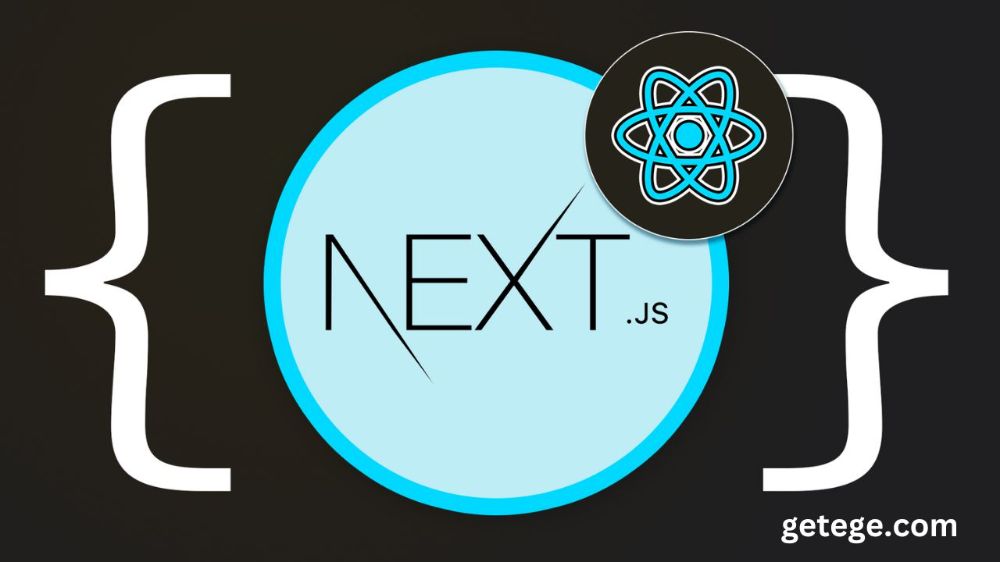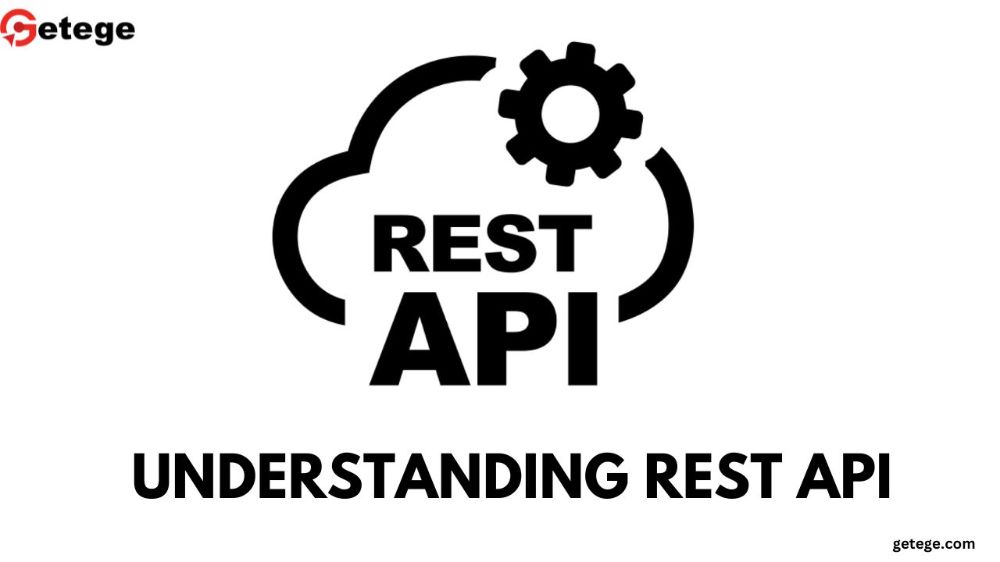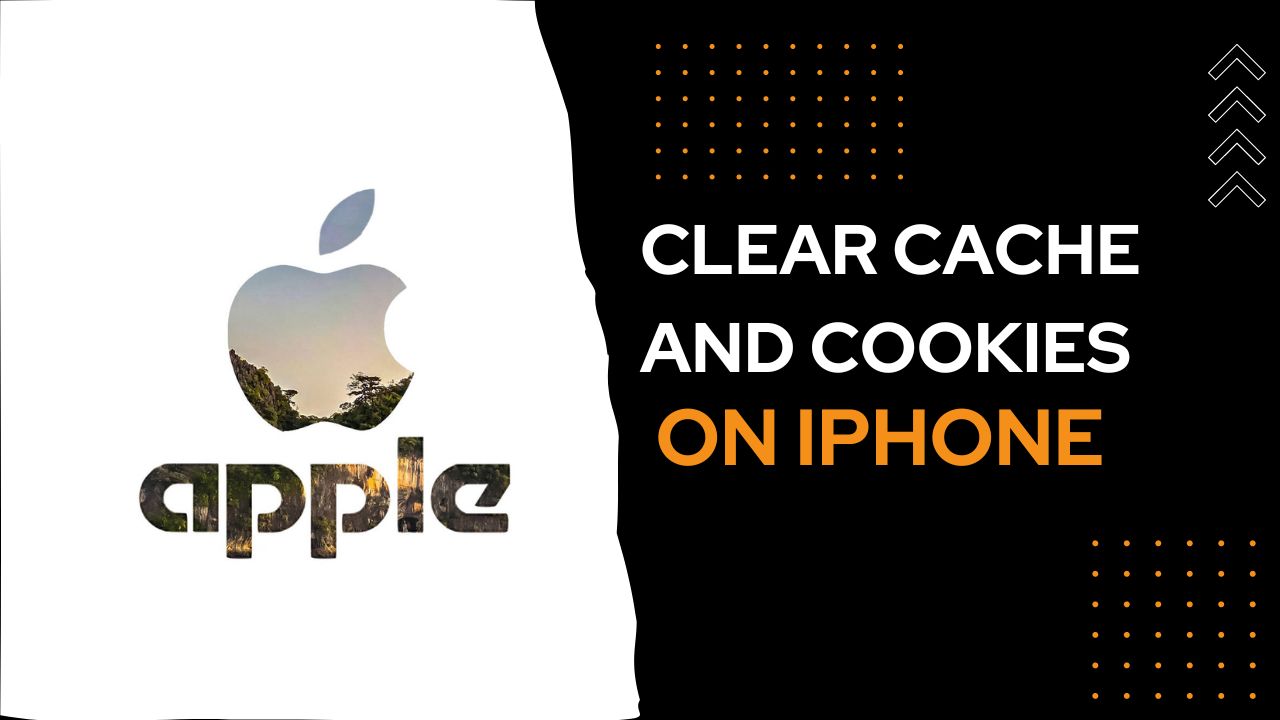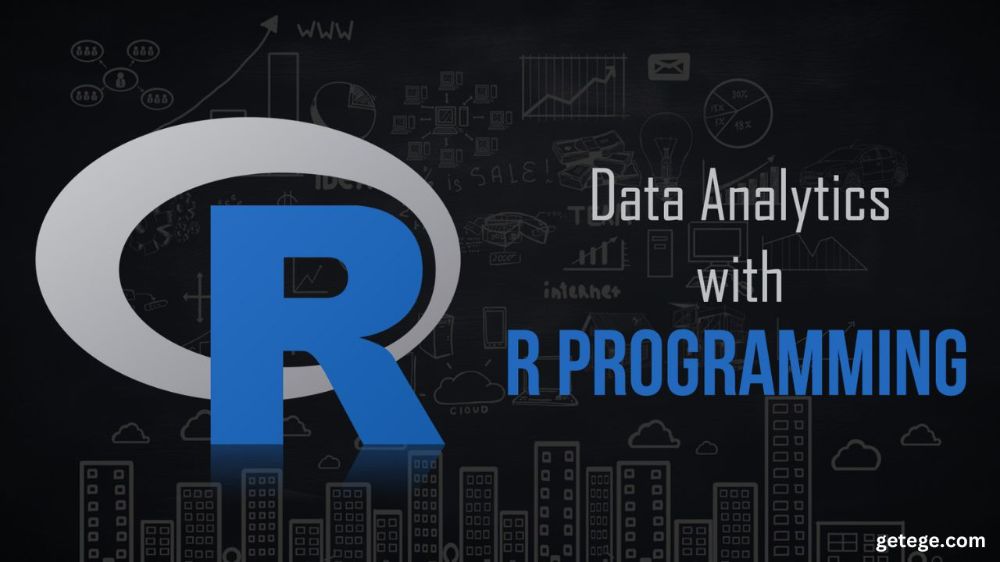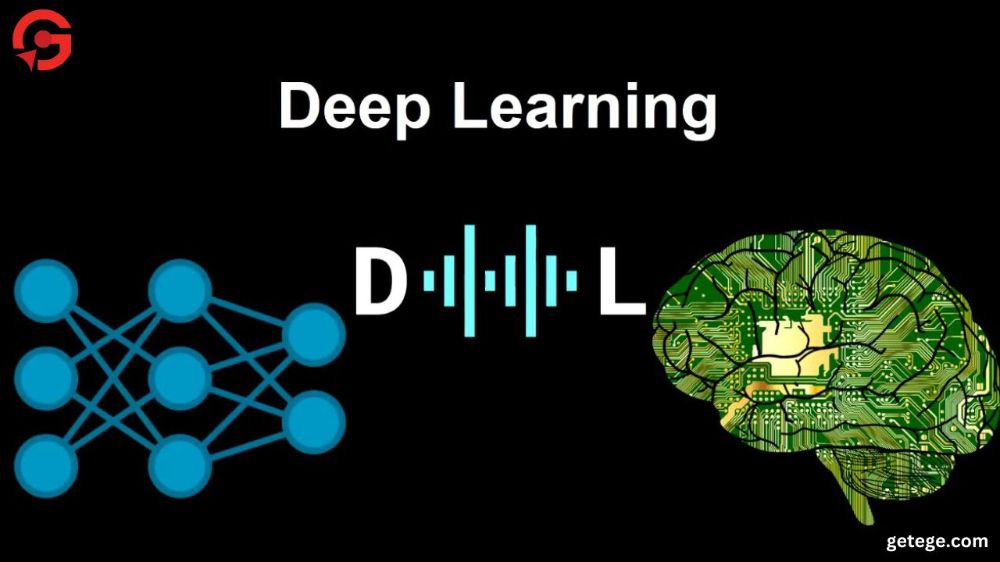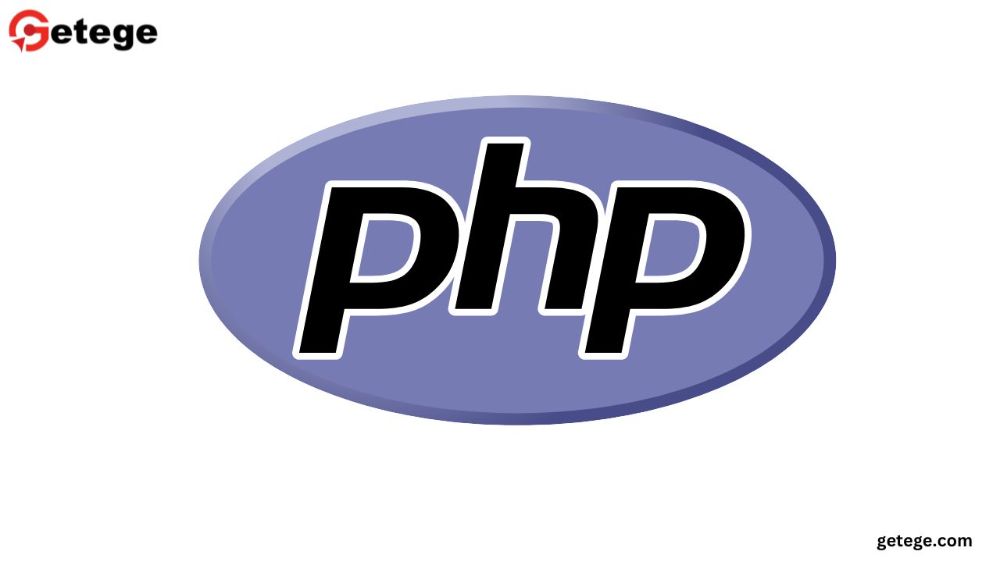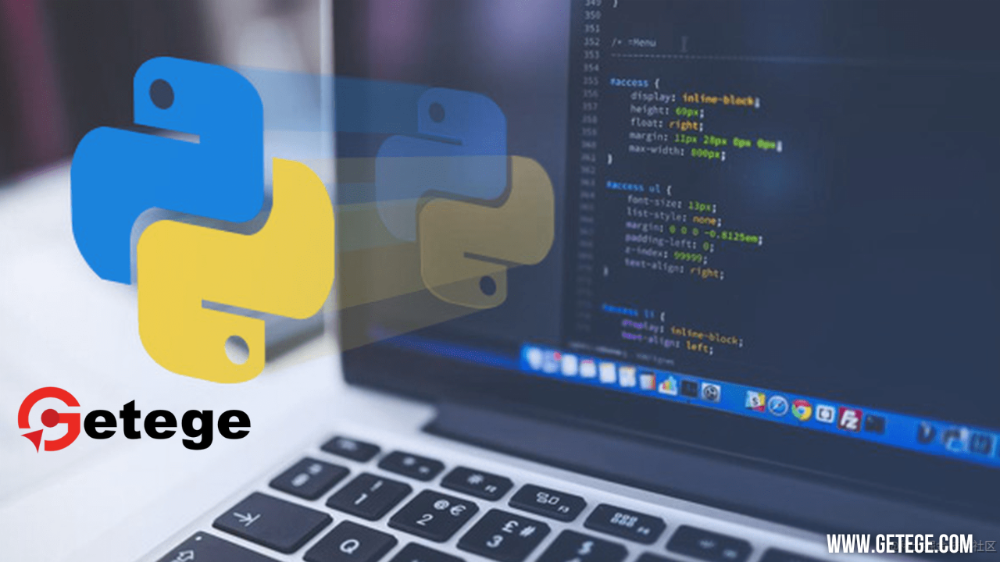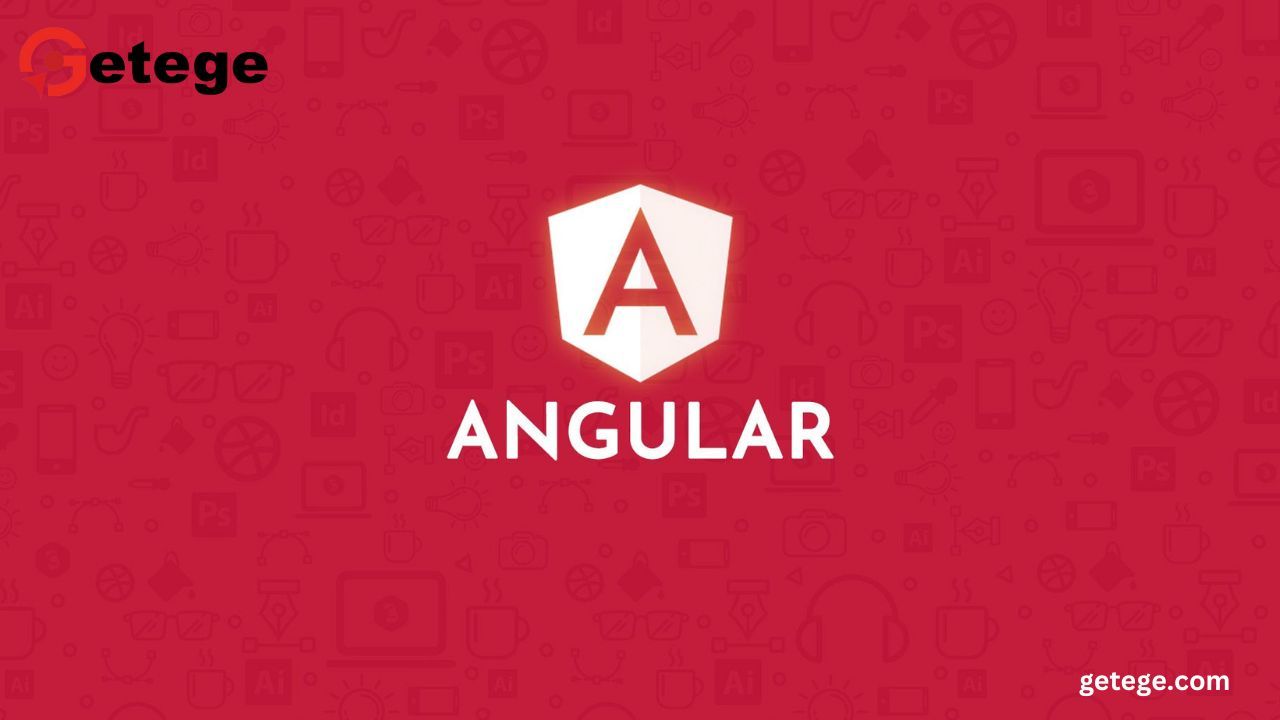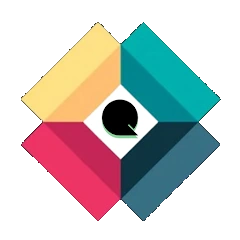Python: The Programming Language Powering the Future of Tech
Web applications to enabling artificial intelligence, Python's flexibility has made it a go-to choice for developers, data scientists, and engineers alike. Its robust community, vast libraries, and ease of learning make it an ideal choice for both beginners and seasoned professionals. In this blog, we will delve into the key aspects that make Python a leading language in the tech world, including its uses, advantages, and practical applications across various industries.
What is Python?
It was designed with an emphasis on code readability and ease of use, making it one of the most beginner-friendly programming languages available. Python supports multiple programming paradigms, including procedural, object-oriented, and functional programming, and its extensive standard library makes it suitable for a wide range of tasks.
Why Choose Python?
1. Easy to Learn and Use
Python's syntax is clean and intuitive, closely resembling plain English. This simplicity makes it an excellent language for those new to programming, allowing them to focus on learning core programming concepts without getting bogged down by complex syntax.
2. Versatility Across Domains
Python is a multipurpose language, meaning it can be used for a wide variety of applications. Whether you're building web applications, automating tasks, analyzing data, or developing software for artificial intelligence, Python has the tools and libraries to get the job done.
3. Large and Active Community
This means that if you encounter a problem or need guidance, there are countless tutorials, forums, and resources available. Additionally, Python's open-source nature ensures that it continuously evolves, with regular updates and new libraries being developed.
4. Rich Ecosystem of Libraries and Frameworks
Python boasts an impressive array of libraries and frameworks that simplify development across different fields. For instance:
- Django and Flask for web development
- NumPy, Pandas, and Matplotlib for data science
- TensorFlow and PyTorch for machine learning and AI
- Selenium for web automation This wide range of resources allows developers to focus on building solutions rather than reinventing the wheel.
5. Platform Independence
Python is cross-platform, meaning the same code can run on different operating systems, including Windows, macOS, and Linux. This makes it ideal for projects that need to be deployed across various environments.
Key Applications of Python
1. Web Development
Python is widely used for back-end web development thanks to frameworks like Django and Flask. These frameworks simplify the process of building secure, scalable, and maintainable web applications, providing out-of-the-box solutions for authentication, database management, and more.
2. Data Science and Analytics
In the world of data science, Python is the go-to language. Libraries like NumPy, Pandas, and SciPy allow developers to perform data analysis and manipulation with ease, while visualization tools like Matplotlib and Seaborn help in creating detailed plots and graphs. Python's simplicity and flexibility have made it the preferred choice for data scientists working with large datasets, running experiments, or creating machine learning models.
3. Machine Learning and Artificial Intelligence
Python plays a pivotal role in the development of AI and machine learning solutions. Popular libraries such as TensorFlow, Keras, and PyTorch provide the tools necessary to build and train machine learning models. Python’s ease of use and its rich set of AI-related libraries make it ideal for developing deep learning algorithms, neural networks, and natural language processing (NLP) systems.
4. Automation and Scripting
Python is often used for automating repetitive tasks. From scraping web data using BeautifulSoup or Selenium to automating software testing and deployment, Python’s straightforward syntax makes it the perfect language for writing scripts that save time and improve productivity.
5. Game Development
Although not as commonly associated with game development as other languages like C++ or C#, Python has proven its capabilities in this field as well. Libraries like Pygame offer game developers the tools they need to build simple games and prototypes.
Best Practices for Python Development
1. Write Readable Code
Python emphasizes code readability. Following the PEP 8 style guide, which outlines conventions for writing clear and maintainable Python code, is essential for collaboration and long-term project success.
2. Use Virtual Environments
Python’s vast library ecosystem can sometimes lead to version conflicts. To avoid this, use virtual environments (via venv or pipenv) to create isolated project environments, ensuring that each project has its own dependencies and settings.
3. Leverage Python’s Extensive Libraries
Python’s strength lies in its libraries. Rather than writing functionality from scratch, always explore whether an existing library can meet your needs. Libraries are well-tested, well-documented, and time-saving.
4. Write Unit Tests
Python's unittest framework allows developers to write tests that ensure their code is working as expected. Testing your code early helps catch bugs and maintain code quality.
Conclusion
Python has firmly established itself as one of the most influential programming languages in the tech industry. Whether you're a novice developer or an experienced software engineer, Python offers the tools and flexibility needed to tackle projects ranging from simple scripts to complex AI models. Its active community, extensive libraries, and widespread use across industries make Python a powerful tool for modern development. Now is the time to embrace Python and unlock its full potential in your career.

